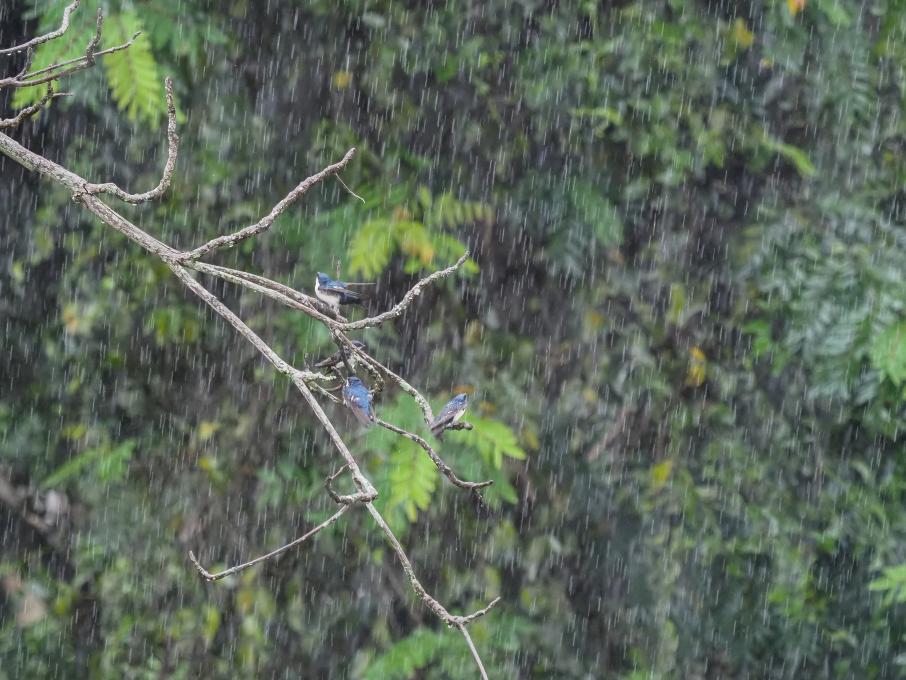Shannon
Forum Replies Created
Viewing 11 posts - 1 through 11 (of 11 total)
-
ShannonParticipantI archive by locality and month, in a subfolder of year, within a larger file subdirectory of country within continent. Doesn't sound like much but it sure is handy when you can't remember off the top of your head where you took a photo and what season it was. The hardest part of curating is working my way down to just one or two real keeper photos, if I've managed to observe a bird for a little while and get some decent shots. Also letting go of that new bird or animal if the photo is crummy. Most of the time I'll see it again if I manage to hang around in a region long enough! I post to Insta, mostly for friends, family and the occasional like-minded random. I'd still like to improve my shots a lot - I'm not very good at planning so far and I've a long way to go with technical skills.



-
ShannonParticipantHonestly I'd say the thing that made the most difference for me was pairing camera+decent telephoto lens with Lightroom. Once I moved up to a longer lens everything started looking way better. And the basics of lightroom aren't hard to learn. You can get it on subscription so if money gets tight, it's easy to drop.
-
ShannonParticipantI also take bad photos just for ID sometimes. I never manage to get back and delete the much older photos that were awful, but the goal is always to get a better shot, with better technique. Got several hundred photos of great kiskadees and burrowing owls now..
-
ShannonParticipantThat's very cool, I've never seen group feeding with pelicans unless they're mobbing fishermen down at the jetty. Thanks for sharing the photos and story!
-
ShannonParticipantI did two things - spent the afternoon trying to calibrate my shutter speed and aperture to catch bananaquits and swallow tailed hummers flying up to our balcony feeder, and the next day spent the morning at the beach. I went to my brown booby sit spot.. and found only gulls. I'm really grateful for the pointers and the prompt to practice because this is HARD. My success rate was ~1%, lots of swings and misses. I'm going to keep trying because I really want to get some good hawk and macaw in flight photos next year. Hummer fail - so close and I was so bummed because it would have been a cool shot had I not missed part of the beak. Gull in flight. Magnificent frigatebird (f) making great shapes.


 in reply to: Practice Capturing Birds in Flight #846884
in reply to: Practice Capturing Birds in Flight #846884 -
ShannonParticipantI like your last photo of the little guy with outstretched wings and snow falling!in reply to: Practice Capturing Birds in Flight #845530
-
ShannonParticipantI usually don't take photos of captive birds because it makes me so sad and angry, but I took this photo of a parrot a little while back. It might be a red-browed parrot, native to eastern Brazil, which is threatened by habitat loss and smuggling via the exotic animal trade. It's captor had three, and was using them as an "alarm" for when people came to the parking lot (so he could collect parking money). I couldn't tell if their behaviour was aggressive or just really stressed but they made a lot of noise and flapped their wings as people neared. Here you can see a destroyed wing. This bird will never fly again. On that note, my husband's sister just bought two clipped birds and their family is really excited. I've explained to him why pet birds upset me so much and he agrees, but he says it's part of a bigger cultural change that is slowly happening in Brazil.
 in reply to: Practice Getting Creative and Telling Stories #845174
in reply to: Practice Getting Creative and Telling Stories #845174 -
ShannonParticipantI favour the rule of thirds for photos because I like how these photos look generally, although occasionally I like to mess things up by putting the bird in a far corner and giving a lot of free space in the photo (tweaking while processing) like, here you go, roam free. Alternatively, sometimes it just feels "better" to put the bird in the middle of the frame. And, full disclosure, sometimes I see a new bird and just frantically shoot to ID. I almost always shoot wildlife with a mirrorless camera and 40-150mm lens with 1.4x teleconverter, at around F4-F5.6 if possible. I haven't been brave enough to open my wallet for a longer low Fstop lens but I like the effect that mine gives. I'm enjoying this course because I've been lazily resting on auto for awhile, a few years back I always shot in manual, IDK why I stopped.

 in reply to: Practice Crafting Great Bird Photos #845168
in reply to: Practice Crafting Great Bird Photos #845168 -
ShannonParticipantI don't have too many sit spots around home because it's so urbanised (tend to see the same birds over and over again). However, I love to sit in the Botanical Gardens, near Lagoa. I dragged my hubby out of the house last weekend to go scout the gardens and we found a nice sit spot in the sun. He has amazing "Brazilian danger eyes" and nothing gets past him - he noticed some beautiful green-headed tanagars (saira-sete-cores) feeding on palm fruits on the other side of the path, and then we noticed they were flying to a nearby tree for berries. Added to my life list and pretty happy with the pics

 , well pleased. in reply to: Practice Gaining an Audience with Birds #844699
, well pleased. in reply to: Practice Gaining an Audience with Birds #844699 -
ShannonParticipantI've been taking ok photos of wildlife for quite a time with my Olympus OMD EM1, had a Mk1 to start with then upgraded to Mk2 when my original took too much of a beating and died. I've been considering upgrading to a Canon full body for awhile because their glass is something else. Most of the photos I was drawn to for sharpness and colour were taken with Canon EOS bodies and zooms. A friend who is a professional photographer recently bought the EOS R6 and reckons, although not full body, that it's pretty good! I think I'm going to go for it. I also need to replace my tripod. I wanted a carbon fibre, I cheaped out, I have regrets (too heavy, awkward). I've been getting by with propping my camera on rocks and a little gorilla pod for ages, but it's not great. End game is that I want to consistently take photos that I'm proud of. Be nice to have a hobby sideline selling the odd print. I go to some great places and see some great wildlife, with work and hiking in my personal life - I should be taking better photos. Hence this course.in reply to: Practice Matching Your Gear to Your Goals #844157
-
ShannonParticipantGosh it's annoying when pages time out when you submit a post :| I was going to study some fabulous bird like the roseate spoonbill, or pick a species of hummingbird. However, I realised I know little about the swallows that whizz around our apartment building all day terminating mosquitos and, I assumed, nesting in the half-finished construction site next door. It turns they're blue and white swallows which are the most common swallow here and have an enormous range of most of South America (PT: Andorinha-pequena-de-casa (small house swallow)). The are common in open grassy areas in the wild, but have adapted well to urbanisation, nesting colonially in building openings and bridges. I found a study from Minas Gerais where the researchers found only 20% of nests to be successful due to predation and unviable eggs. The authors noted that despite how abundant the species is in urbanised Brazil, little is known about their habits and the effects of urbanisation on breeding. For some reason (unexplained) breeding tends to start at the onset of the rainy season. This exercise was useful because it forced me to finally make a positive ID on a species I enjoy observing every day. They're really hard to photograph as they're so quick and acrobatic in the air but they do tend to land on a large tree nearby and on the construction site and chatter to each other when it's raining heavily. Soggy andorinhas attached.

 in reply to: Practice Understanding Birds for Better Photos #842336
in reply to: Practice Understanding Birds for Better Photos #842336
Viewing 11 posts - 1 through 11 (of 11 total)
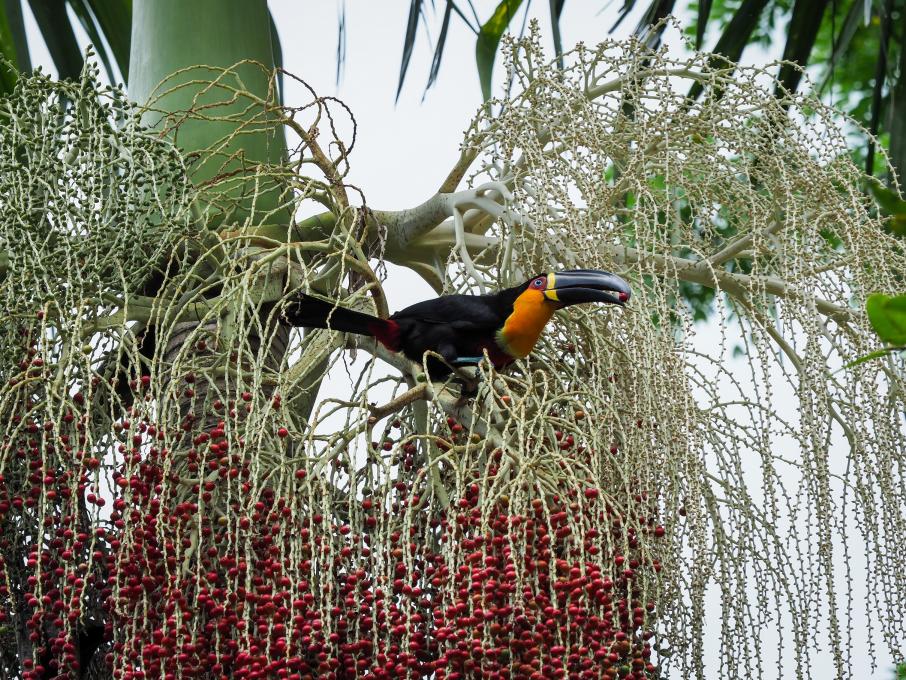
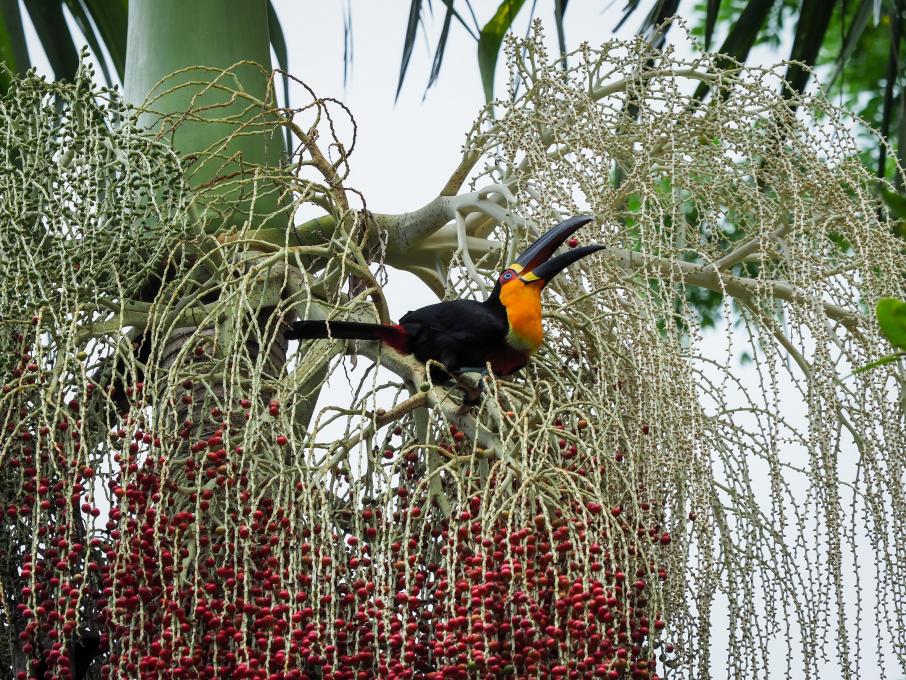

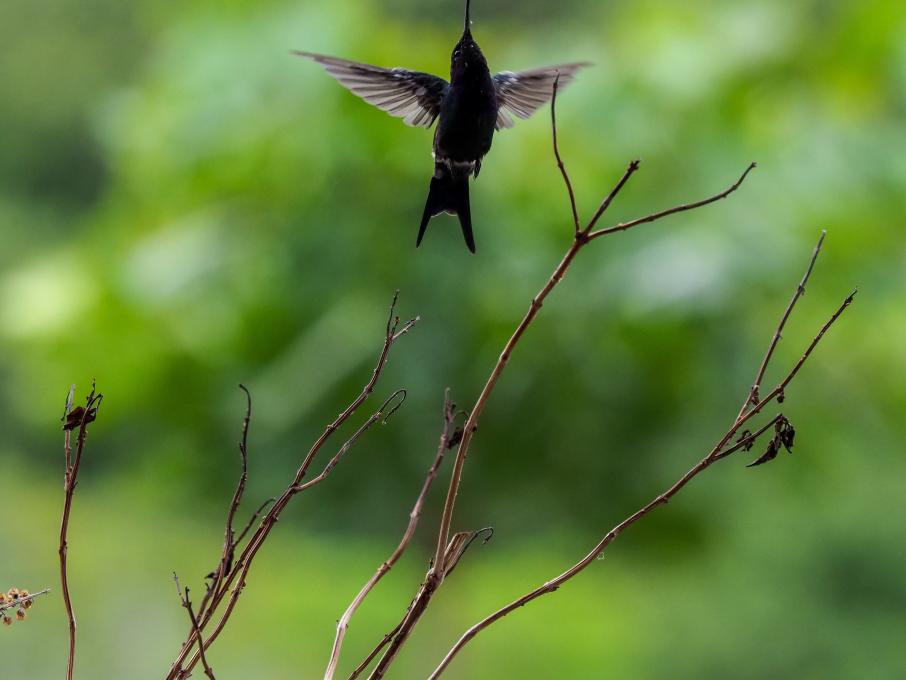


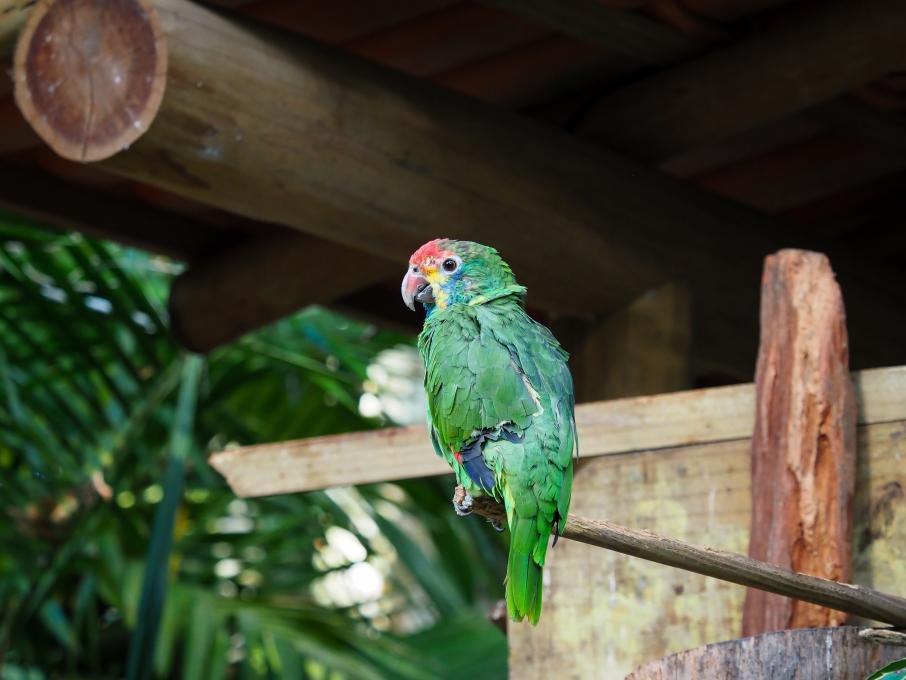

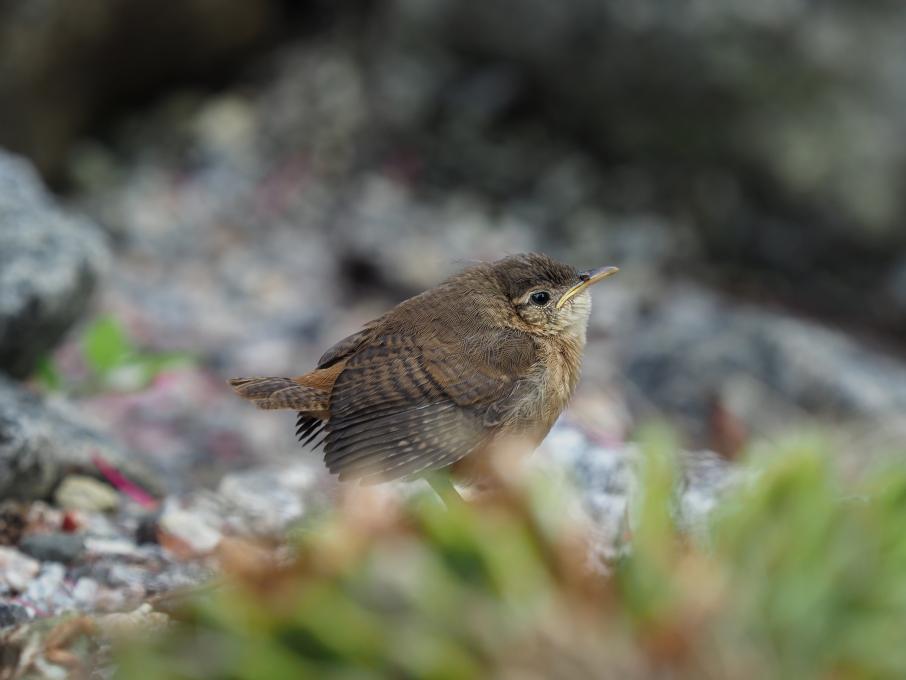
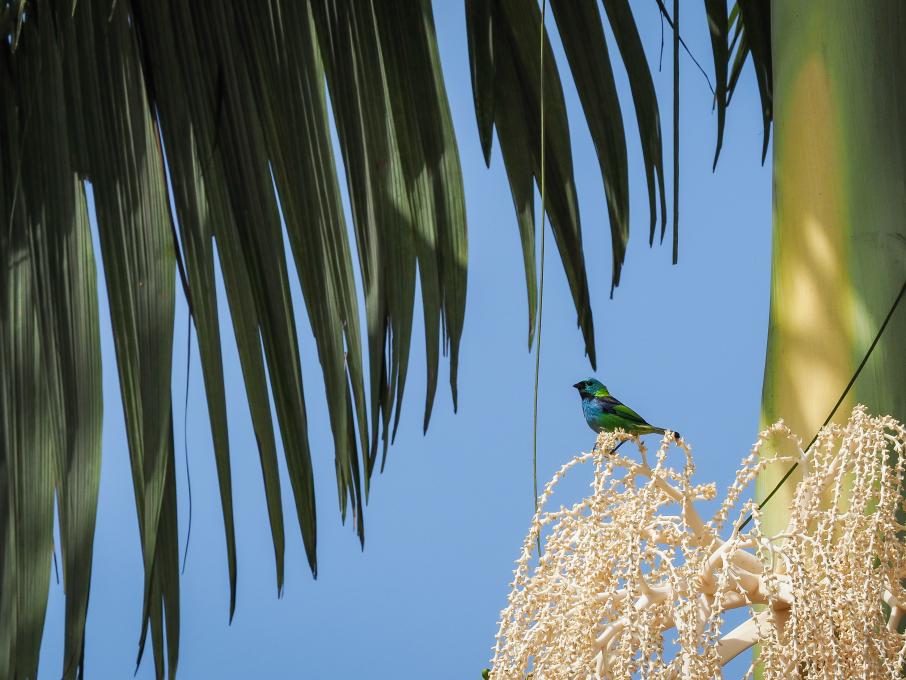
 , well pleased.
, well pleased. 
